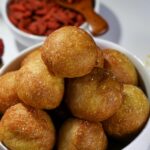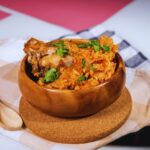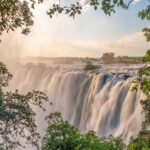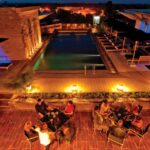Monrovia is a city with a story that runs deep.
Founded in 1822 by freed Africans from the Americas, it was named after U.S. President James Monroe, one of the early supporters of Liberia’s creation.
From a small coastal town, it has grown into a busy city full of history, good times, and strength.
Today, Monrovia is Liberia’s beating heart, a place where old colonial charm meets the energy of modern West Africa.
With its golden coastline, lush tropical backdrop, and infectious cultural vibe, Monrovia has quietly become one of West Africa’s most underrated travel destinations.
The city has a little bit of everything and tourism is gradually growing.
So if Monrovia has been sitting on your bucket list for a while, now’s the time to finally tick it off and discover the coastal beauty, soul, and flavor of Liberia’s capital.
What to See & Do
Providence Island
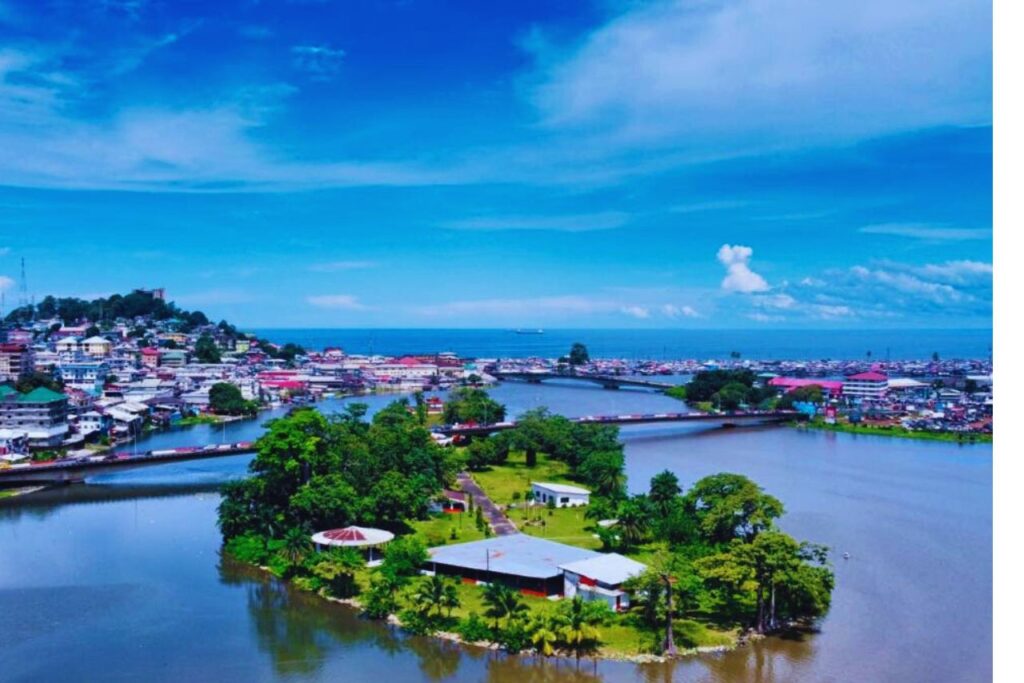
Photo source: MCCTV
Providence Island marks one of the first landing spots of freed African-Americans who resettled here in the early 1800s.
It sits just across Monrovia’s waterfront, a quiet green retreat with old ruins, memorials, and views of the bay.
Visit early in the morning. The air smells of salt and earth. Pace slows here and you sense layers of Liberia’s roots: colonial past, hopeful beginnings. Bring water. It is warm.
Liberia National Museum
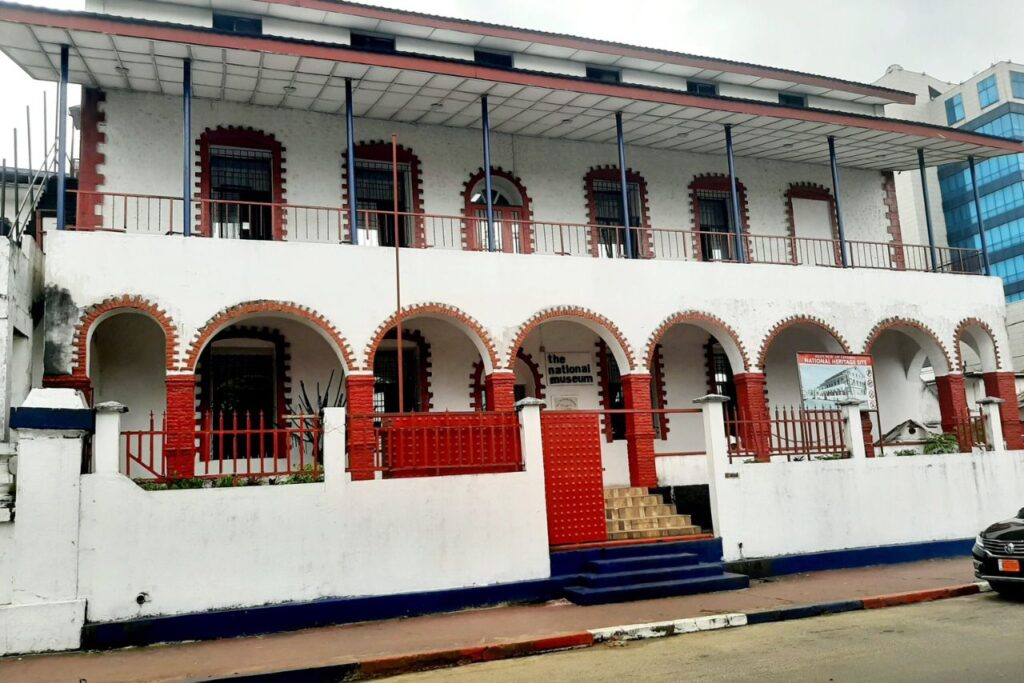
Photo source: Museum explorer
Just inland, on Broad Street, the Liberian National Museum displays artefacts, old documents, tribal masks, and photographs showing civil wars, cultural rites, and everyday life.
The museum teaches you about ethnic groups, national identity, and resilience. Some days there are live dance or music performances.
Entrance is affordable. You learn with respect, not spectacle.
Beaches & Waterfront Life

Monrovia has beaches that calm and excite you.
Mamba Point Beach sits close to many hotels and embassies.
You’ll see fishermen casting nets early, children playing in surf mid-morning, and locals walking at sunset.
The sand is warm and the ocean is powerful. Dry season (roughly November to April) gives clearer skies and a gentler sea.
Further out, CeCe Beach and Thinkers Beach offer quieter escapes. They are less crowded, with more local vendors selling coconut water or grilled fish.
Swimming here should be done with caution because the tides can be strong. Ask locals about safe spots.
Even with limited facilities, the experience connects you more deeply to Monrovia’s rhythm.
Waterside Market & Local Streets

Photo source: liberiana
To feel Monrovia’s heartbeat, go to Waterside Market. It is the largest market in downtown Monrovia.
Vendors sell everything: cloth, shoes, fresh produce, electronics. Colors clash. Scents mix. You see cassava, peppers, plantains in piles and fabrics shimmering under sunlight.
Practice bargaining and taste street food: cassava bread, jollof rice with chicken or fish, fried plantain, soups made with cassava leaf or palm butter.
Cheap meals but rich in flavor.
Walk the smaller streets nearby. Broad Street, Streets off DuPort Road, Sinkor and Paynesville suburbs.
Sip coffee at small cafes. Watch kids in school uniforms. Let the city’s noises be your guide.
READ ALSO: Freetown Travel Guide (Sierra Leone): History, Food, and Island Hopping
Monkey Island Sanctuary
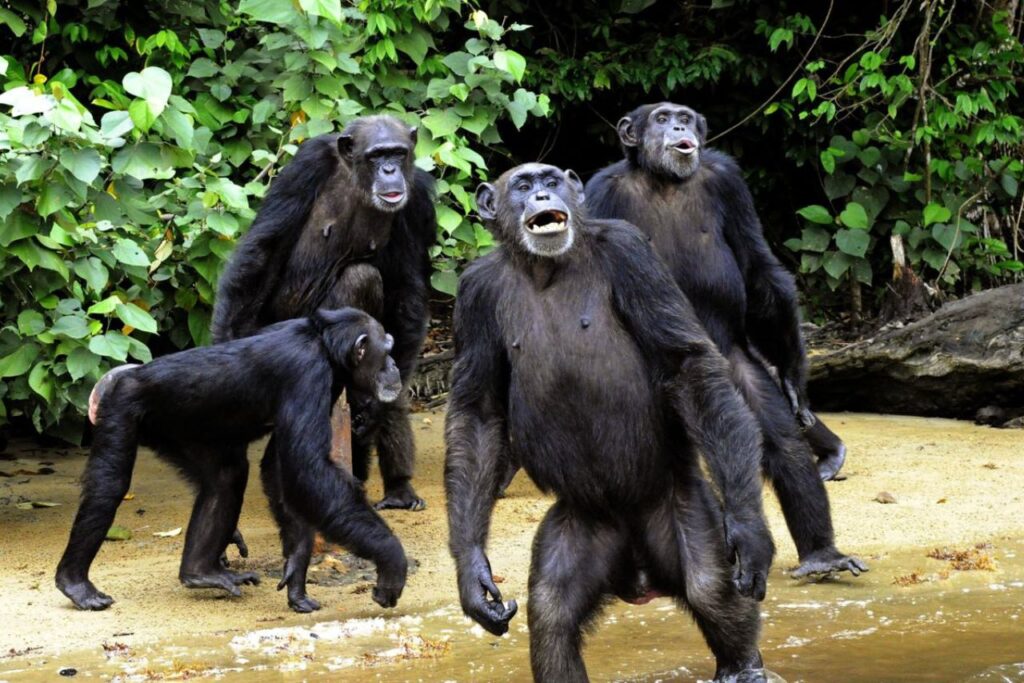
Photo source: atlasobscura
Monkey Island is a cluster of six mangrove islands that lie in the Farmington and Little Bassa Rivers.
It is home to chimpanzees once used in biomedical research but now in a sanctuary context.
It reminds you humans can do harm but also care deeply. If you love wildlife and are okay with basic conditions, it’s one of Monrovia’s most unique stops.
To visit, you will usually need a boat ride and a guide.
The entrance to the sanctuary is free, but boat transfer and a guide might cost something extra.
Historic Buildings & Panoramas
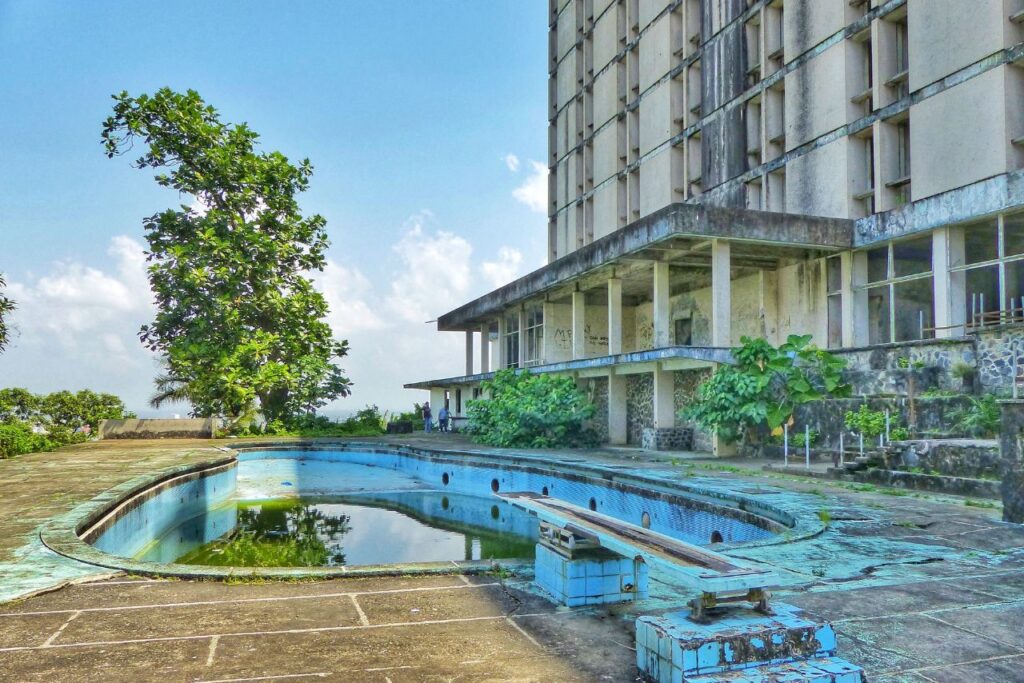
Photo source: whirled-away
Some ruins tell stories you cannot forget.
The Ducor Hotel stands above Monrovia. Once luxurious, now a ruin, but its hilltop location gives sweeping views of city, ocean, and river.
Sunrise or sunset here gives you color, light, and a sense of both loss and hope.
Then there is Sacred Heart Cathedral on Broad Street in the city center. Beautiful architecture, stained glass windows, quiet inside.
Also check out the Antoinette Tubman Stadium if there is a football match or concert. It is filled with big crowds, loud music, energy. Locals are proud of this very stadium.
Masonic Grand Lodge of Liberia
Step into one of Africa’s oldest Masonic lodge and explore its grand architecture and deep historical roots.
The building’s striking design and symbolism reflect Liberia’s unique heritage and connection to early settlers.
Guided tours give visitors a closer look at the nation’s Masonic traditions and cultural influence.
Libassa Wildlife Sanctuary
Visit Libassa Wildlife Sanctuary to see rescued monkeys, antelopes, crocodiles, and rare birds thriving in a lush, natural setting.
The sanctuary focuses on rehabilitation and conservation, giving you a chance to learn about Liberia’s wildlife up close while supporting sustainable tourism.
READ ALSO: Lomé City Guide (Togo): Beaches, Markets, and Traditional Vibes
Where to Eat & Drink
Street Food & Markets
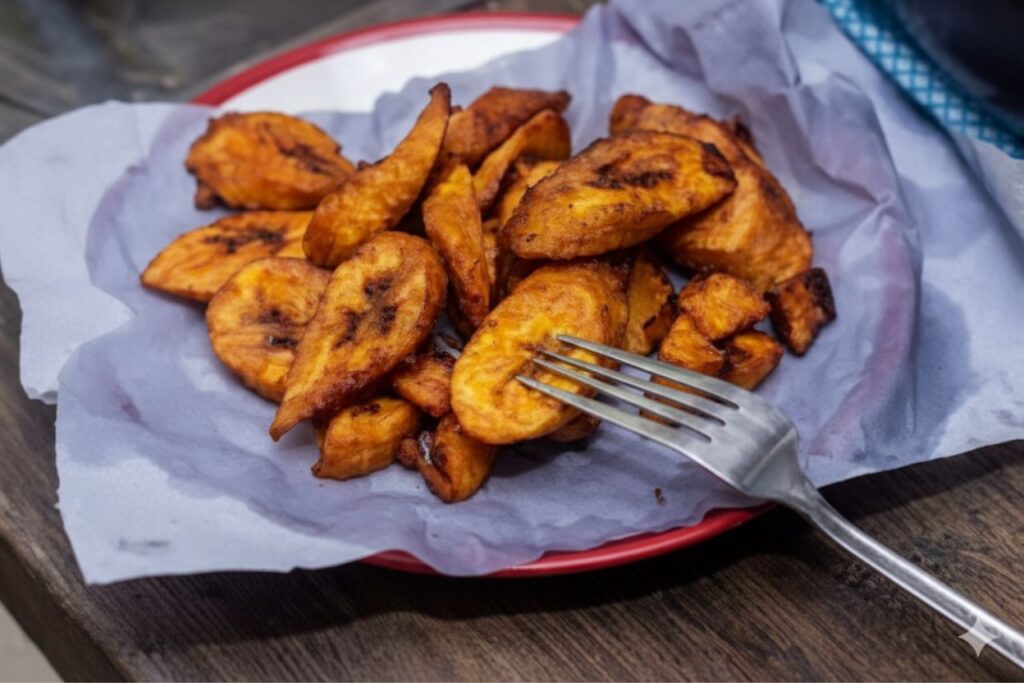
Photo source: enjoyliberia
Street food remains one of the most authentic ways to taste Liberia.
Try cassava bread, a staple made from ground cassava root, crisp, and often served with spicy stew or grilled fish.
Then, jollof rice, Liberian style, with a richer tomato base, maybe fish too and pair it with fried plantains.
Local vendors cook early. Prices are affordable: a few dollars (USD) or in Liberian Dollars if you have them. Bring cash and explore market vendors offering cassava leaf soup, thick stews, and palm butter served with fufu or rice.
These meals fill you up and cost little. You’ll sit where locals sit. You’ll eat with your hands or use a spoon. It doesn’t matter. The food connects.
Restaurants & Beachside Eateries

Photo source: mambapointhotel
For more comfort, try restaurants in Sinkor or Mamba Point.
Many offer Liberian dishes in more formal settings. Evelyn’s is one such place, traditional Liberian favorites.
The Living Room is another, offering hearty stews in a relaxed vibe.
Beachside shacks near Thinkers Beach or CeCe Beach serve fresh grilled fish, coconut drinks, maybe fried yam. Prices will climb compared to markets but are still affordable compared to big hotels.
The sea breeze, the sound of crashing waves, eating fish fresh from the ocean, that adds value beyond money.
Events
- Local church services are large, musical, emotional. If you can attend, do so respectfully. The music touches you.
- Nightlife: Some bars, live music, small gatherings. Probably more low-key than big city capitals but filled with heart. Ask locals for where the music is happening.
READ ALSO: Where to go in Africa in 2026
Staying & Getting Around
Accommodation
You will find hotels in Monrovia starting from about USD 30-60 per night for basic lodging.
Mid-range hotels and guest houses often cost between USD 70-150 per night.
For example, Miss. Emily Place is about $62.
The Cape Hotel and Royal Grand Hotel are higher, in the $190-220 range depending on season.
If you want luxury, beachfront, or upscale amenities, expect to pay more, sometimes over $250 per night. Budget ahead. Book early. During high season prices rise.
Transport & Practical Tips
- Currency: USD is widely accepted. Smaller vendors may prefer Liberian Dollars. Have both. Use cash for markets, street food, taxis.
- Airport: Roberts International Airport is about 35 miles from Monrovia; travel time depends on traffic and road condition.
- Weather: Tropical climate. It rains. The dry season (November-April) is better for travel. Bring light clothes, rain gear, sun protection. Mosquitoes are present; malaria precautions recommended
- Safety: Many places are safe, but always stay aware. Markets can be crowded, traffic chaotic. Avoid walking alone at night in unfamiliar areas. Use reputable taxis. Keep valuables safe.
Final Thoughts
Monrovia is a city that rewards curiosity.
Beneath its lively surface lies a story of resilience, community, and rebirth, one that travelers quickly feel once they spend time here.
It’s a place where history and progress walk side by side: where freed Africans built new lives two centuries ago, and where today’s Liberians continue to shape a proud, modern identity.
For travelers looking for more than just photos, Monrovia gives you connection. It gives you stories, flavors, and faces you’ll remember long after you leave.
This is the capital that shows you Liberia as it truly is; alive, evolving, and ready to be explored.
So if you’ve been craving an authentic journey that goes beyond the ordinary, start here.


